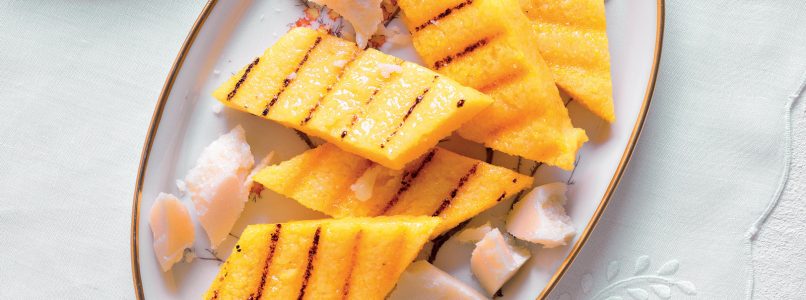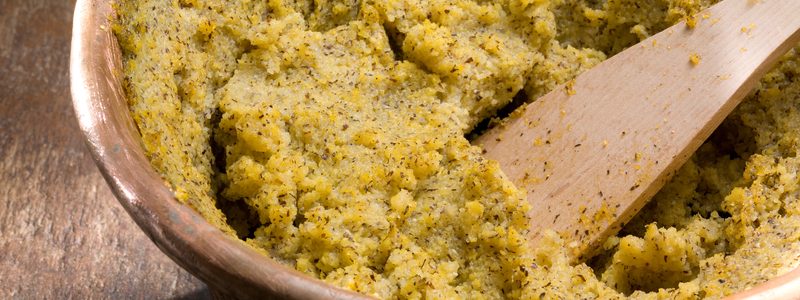Amor polenta is a cake made of corn and almond flour, born from the hands of Carlo Zamberletti, a well-known pastry chef from Varese, eager to create a typical dessert for his city
Love polenta, or Dolce di Varese, is a typical cake of Lombard tradition, with a classic amber color due to the presence of a part of corn flour in the dough. It is said that it was born from the hands of Carlo Zamberletti, a historic pastry chef from Varese, who, wanting to make a dessert with typical local flavors, created this dough with a simple consistency and genuine tastes. This is how Amor polenta became the symbolic cake of Varese and it is said that in the mid-1960s it was also highly appreciated by intellectuals and musicians, including the famous soprano Renata Tebaldi.
A cake for all moments
The peculiar aspect of Amor polenta is that of being a delicate sweet, perfect like this, without any added cream, ideal for any time of day, from breakfast to snack. It has a soft texture, which adapts very well to soaked in milk or tea, but which makes it special even when enjoyed alone. The corn flour, both in the dough and on the surface, gives it a very special flavor, in addition to one slightly grainy texture.
Almonds in the dough for a load of health
Together with corn flour, Amor polenta is made of almonds toasted and chopped so finely that it becomes flour. Almonds have many health properties: they are rich in Vitamin E and unsaturated acids that protect the body from oxidative processes, are a reservoir of magnesium, specific in case of stress and fatigue, and then manage to keep triglyceride levels low, promoting the well-being of the heart and circulatory system.
Our recipe for Amor polenta
Ingredients
125 g soft butter
125 g granulated sugar (or icing)
a pinch of salt
100 g corn flour plus a little
75 g flour 00
75 g peeled and toasted almonds
a sachet of baking powder
2 whole eggs
2 egg yolks
powdered sugar to decorate
2 tablespoons of Strega liqueur
Method
First, whip the sugar with the softened butter at room temperature with an electric mixer. It is essential that the butter is soft, so that it can whip up well. Add a pinch of salt and when the mixture has swollen, add the 2 whole eggs and the 2 yolks, inserting them one at a time. Separately, chop the peeled almonds until you get a fine flour and then, in a bowl, mix all the flours with the yeast. Add them to the egg mixture, add the Strega liqueur and mix well so that everything is amalgamated. Grease a fluted mold with a semi-cylindrical shape and sprinkle it with corn flour. You can help yourself with a small brush, to make the corn flour adhere to the entire surface of the mold. Pour the dough, level it and bake it at 185 ° for 40 minutes (if you use the convection oven, set the temperature to 160 ° and cook for 30 minutes). Before taking the cake out of the oven, check its cooking with a toothpick: if it comes out dry from the dough, then the Amor polenta is ready. Wait until it has cooled down before turning it out. Bring it to the table dusted with powdered sugar.


